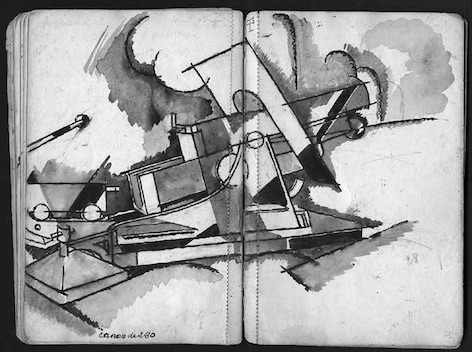Les camoufleurs français en Italie. Le cubisme d’André Mare s’est évanoui à Venise
DOI:
https://doi.org/10.54103/2974-6620/uon.n19-20_2022_pp202-215Parole chiave:
Camouflage, André Mare, Art français du XXe siècleAbstract
Le camouflage aura été l’une des grandes affaires de la Grande Guerre. Dès 1915, sous l’impulsion du peintre Guirand de Scevola, les Français créent un premier service intégré de conception et de fabrication de dispositifs de camouflage, animé par des équipes spécialisées de militaires et de civils. Dans une guerre de positions où des dizaines de milliers d’hommes sont massés de part et d’autre de la ligne de front, voir sans être vu pour tromper l’ennemie est devenu un enjeu vital. Bientôt, des officiers britanniques, américains, belges et italiens viennent visiter les principaux ateliers de la section de camouflage situés à Amiens et à Noyon dans le nord de la France. En Italie, un laboratorio di mascheramento est créé au début de 1917 et des camoufleurs français viennent épauler leurs confrères italiens dès septembre de la même année. Un atelier de fabrication de matériel de camouflage est installé près de Milan et un autre à Piazzola sul Brenta. Le commandement du camouflage français s’installe à Padoue puis à Vicence.
L’histoire de l’art retient le nom d’André Mare (1885-1932) à deux titres: son rôle dans le renouvèlement de l’art décoratif français avant la Grande Guerre et son action dans la section de camouflage de l’armée française durant la Grande Guerre.
Le texte analyse un journal tenu par André Mare durant toute la durée du conflit; un journal remarquable par le nombre et par la facture des dessins dont il orne ces pages, dix carnets dans lesquels il consigne sa formation d’artilleur, puis ses activités de camoufleur, décrit les évènements dont il est témoin et les sentiments qu’ils suscitent en lui, le tout truffé de nombreuses photographies de petit format et d’annotations graves ou légères.

Dowloads
Pubblicato
Come citare
Fascicolo
Sezione
Licenza
Copyright (c) 2022 Yves Chevrefils Desbiolles

Questo lavoro è fornito con la licenza Creative Commons Attribuzione - Condividi allo stesso modo 4.0.








